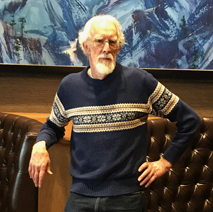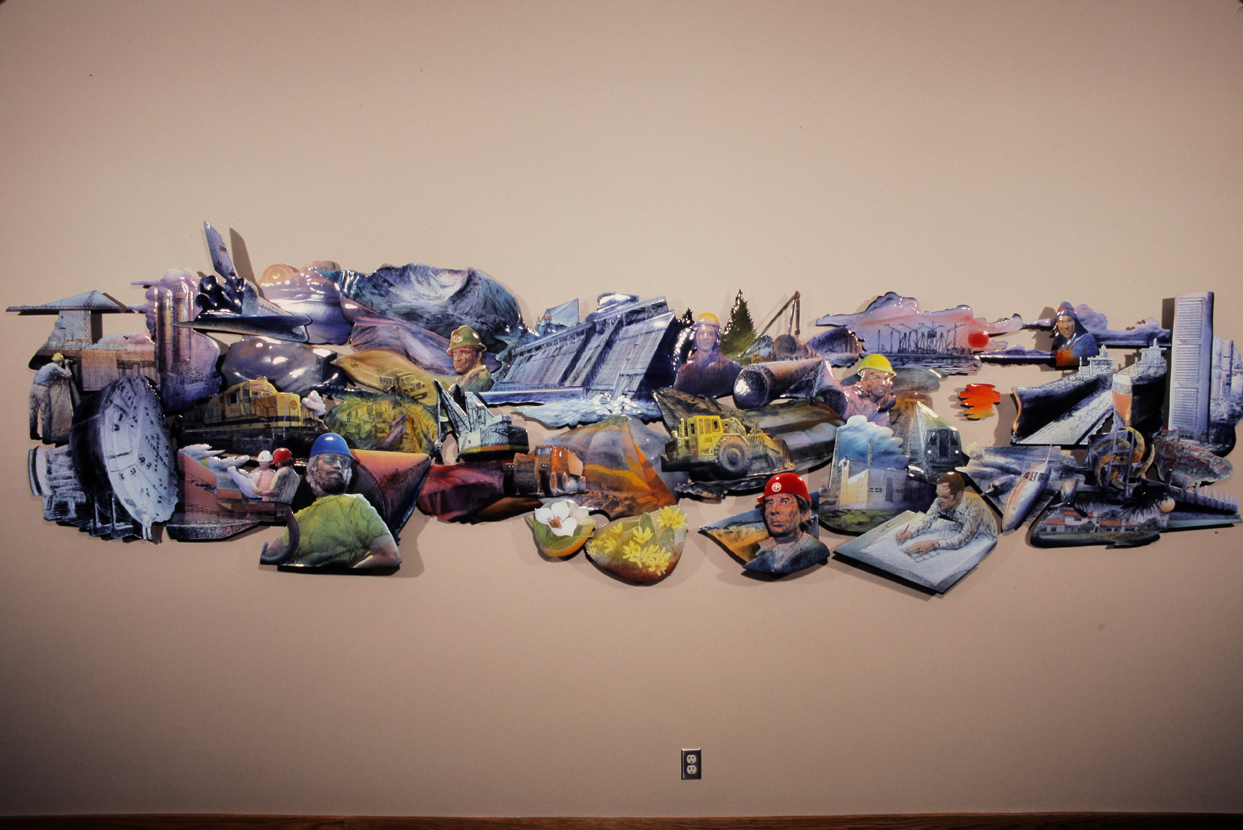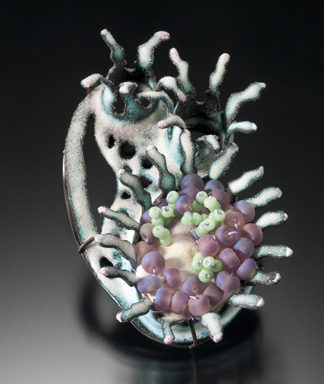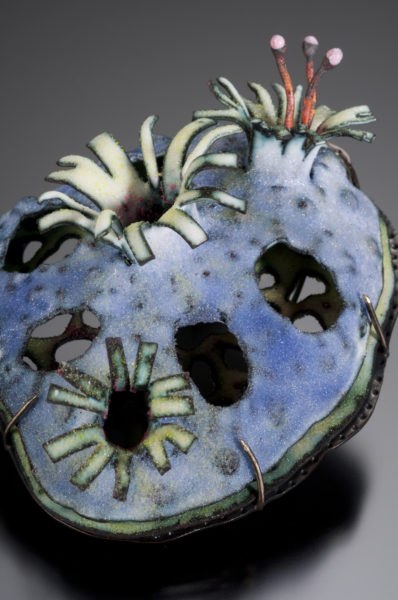Register Now.
This 3-day Masters workshop, which is the third in this year’s new Master Workshop Series Butt gives some insight into new approaches of preparing precious metal foils for enameling.
Cutting silver foil by hand for enameling is great but it is difficult to cut precise delicate shapes. Commercial paper punches can be used on foil but there are only a small number of shapes available and many of those are not very aesthetically interesting. With the Ecliips2 DYI Electronic Cutter the kinds of shapes that can be cut in foil is almost limitless. Nearly any silhouette that can be copied, downloaded or drawn on a computer software like Photoshop can be cut out in silver foil. These shapes can then be applied and fired onto an enameled surface and transparent colors can be layered over them. Once the process is understood and the technique accomplished the artist has a whole new way of looking at design possibilities using enamel.
Basic enameling experience and some experience with Photoshop would be helpful but not necessary. 
Harlan W. Butt is an artist with over 40 years of experience working in metal and enamel who specializes in making vessels inspired by the human relationship to wilderness and the natural environment.
Harlan is a Regents Professor of Art at the University of North Texas where he has taught since 1976. He is past President of the Enamelist Society, past President of the Society of North American Goldsmiths and a Fellow of the American Crafts Council.
His work has been exhibited internationally and is represented in the permanent collections of the Enamel Arts Foundation in Los Angeles, Boston Museum of Fine Arts, the Renwick Gallery of the Smithsonian Institute, the Museum of Art & Design in New York City , the Mint Museum of Art & Craft in Charlotte, NC, the National Ornamental Metal Museum in Memphis, Denali National Park Visitor Center in Alaska, the Houston International Airport, the Wichita Center for the Arts, the National Gallery of Australia, the Cloisonné Enamelware Fureai Museum.
Workshop Hours:
Monday – Wednesday 10 AM to 5 PM , with meal breaks at the Crucible in Oakland, CA
Cost: $505 plus $35 materials fee
Materials List: Provided upon registration or when ready
Registration: Limited to 10
Refund Policy: No refunds unless your workshop position can be filled by another person.
Lodging, Meals, Transportation:
Coming from out of town? Check AirBnB, Priceline, and other discounted online lodging sources, The Center will try help you make your stay comfortable and stress free while you are a workshop participant.


















